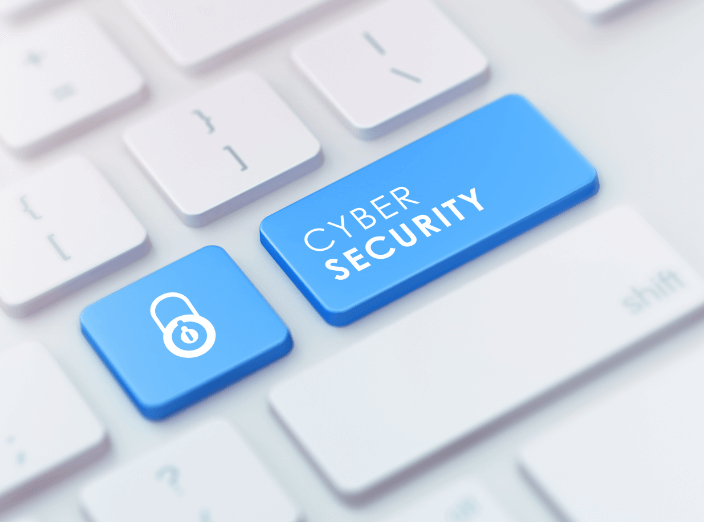In the current digital landscape, small businesses are increasingly vulnerable to a myriad of cyber threats, with malware emerging as a significant concern. According to the 2024 Chase Business Leaders Outlook survey, 15% of small business owners are particularly worried about malware—a form of malicious software designed to infiltrate networks and devices, posing serious risks to business operations and data security.
Understanding Malware and Its Impact
Malware encompasses a broad range of malicious programs, including viruses, worms, trojans, spyware, and ransomware. These programs are typically deployed by cybercriminals through deceptive tactics such as phishing emails, malicious attachments, compromised websites, or fake software downloads. Once installed, malware can:
- Compromise Network Security: Malware can exploit vulnerabilities in your network infrastructure, compromising sensitive data, financial information, and customer records.
- Disrupt Business Operations: Some types of malware, like ransomware, can lock you out of your systems and demand a ransom payment to restore access. This disruption can halt business operations, leading to financial losses and reputational damage.
- Steal Confidential Information: Certain malware variants are designed to steal passwords, credit card details, and other sensitive information, which can be used for financial fraud or identity theft.
Mitigating Malware Risks: Essential Strategies
As a small business owner, protecting your business against malware requires a proactive and multi-layered approach to cybersecurity. Here are key strategies to mitigate malware risks:
- Comprehensive Antivirus and Anti-Malware Software: Invest in reputable antivirus and anti-malware software to detect and block malicious programs before they can infect your systems. Keep these programs updated to defend against new and emerging threats.
- Email Security: Implement robust email security measures, including spam filters and email authentication protocols (SPF, DKIM, DMARC), to prevent phishing attacks and email spoofing—a common tactic used to distribute malware.
- Secure Network Infrastructure: Secure your network with firewalls, encryption, and virtual private networks (VPNs) to create barriers against unauthorized access and malware infiltration.
- Regular Software Updates and Patch Management: Regularly update your operating systems, applications, and software with the latest security patches. Cybercriminals often exploit vulnerabilities in outdated software to deploy malware.
- Employee Training and Awareness: Educate your employees about the risks of malware and teach them how to recognize suspicious emails, links, and attachments. Encourage a culture of cybersecurity awareness and vigilance among your team.
- Data Backup and Recovery Plans: Implement regular data backups and disaster recovery plans to restore critical business operations in the event of a malware attack or data breach. Store backups securely and offline to prevent them from being compromised by malware.
Conclusion
In conclusion, while ransomware may dominate headlines, malware remains a pervasive and damaging threat to small businesses. By prioritizing cybersecurity measures such as robust antivirus protection, email security, network defenses, and employee training, you can significantly reduce the risks posed by malware. Protecting your business against digital threats not only safeguards sensitive data and operations but also ensures continuity and resilience in the face of evolving cyber threats. Stay informed, stay vigilant, and empower your small business to navigate the digital landscape securely and confidently.
https://www.chase.com/business/knowledge-center/manage/cybersecurity-threats


